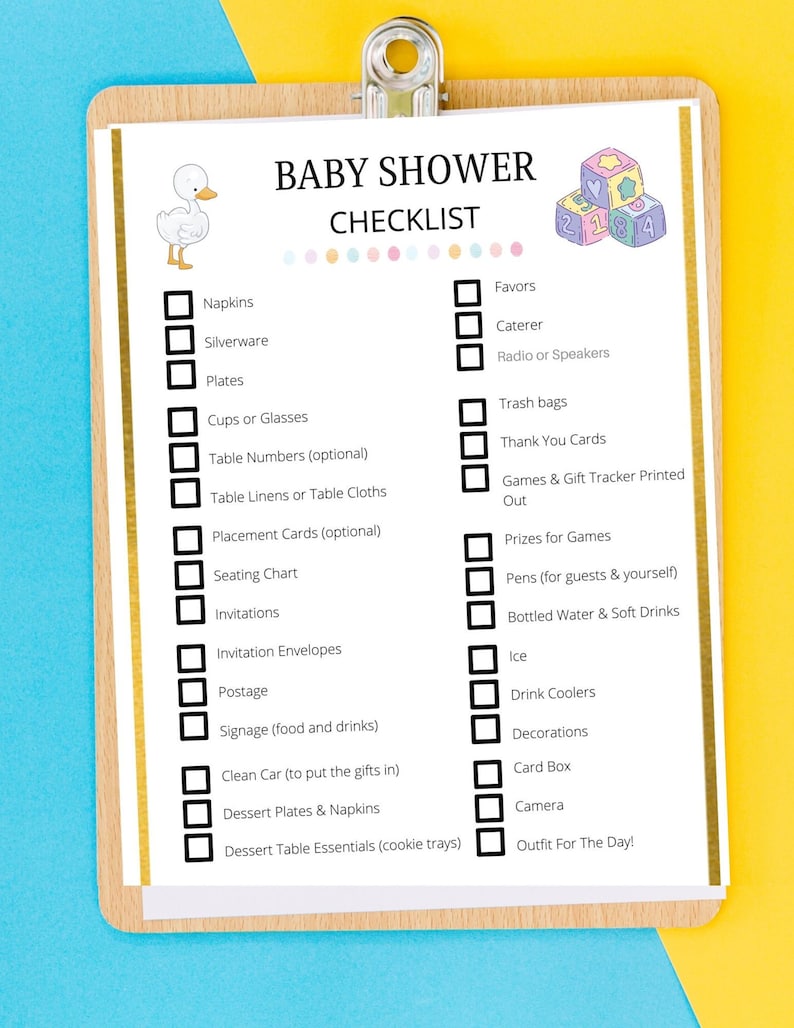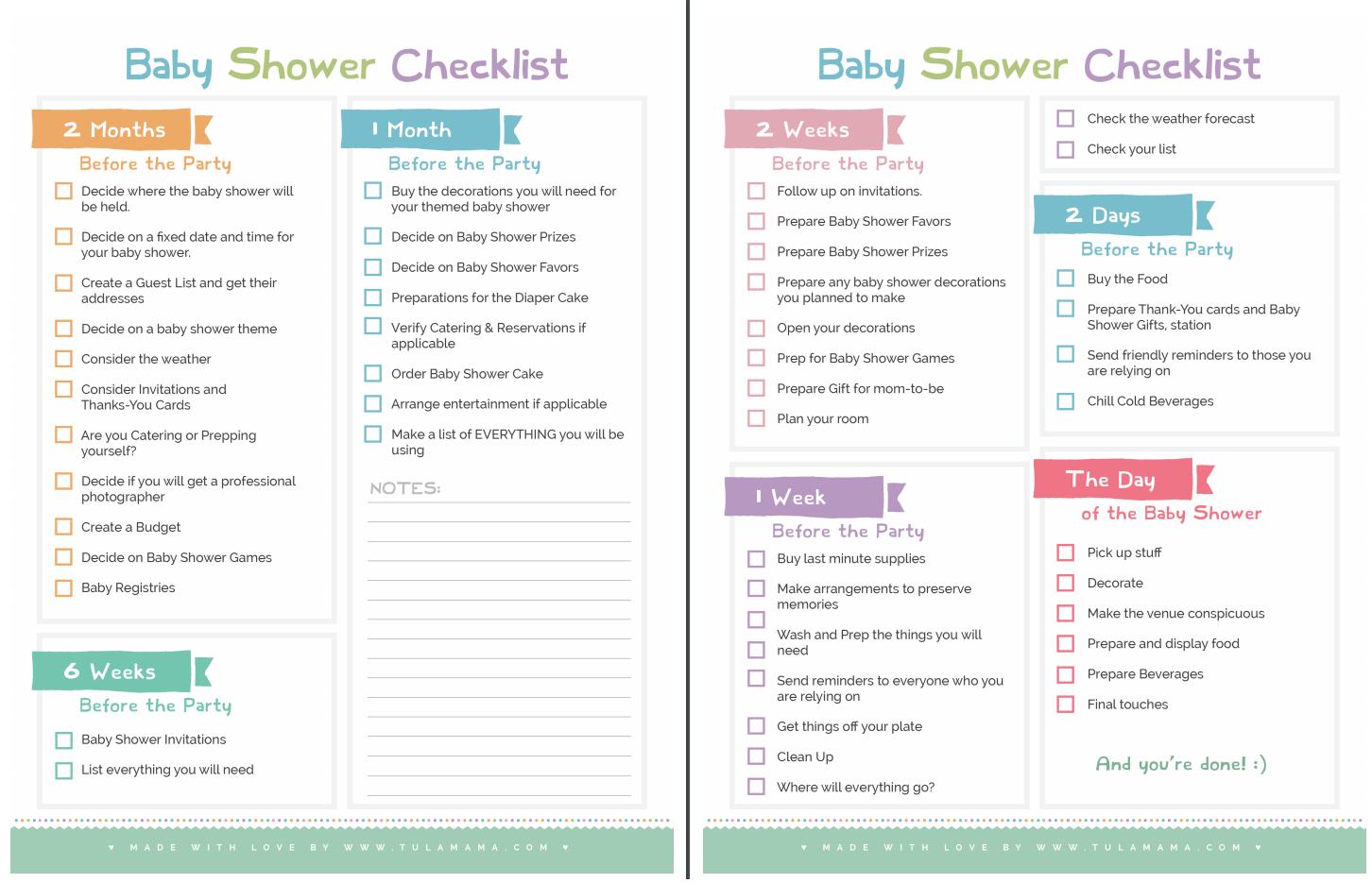

You can also visit the Lullaby Trust website, which has lots of information on safe sleeping.
The safest place for your baby to sleep is on their back in a cot in the same room as you for the first 6 months.įor more information on safe sleeping, see Reducing the risk of sudden infant death syndrome (SIDS). Never leave anything with ties, such as bibs or clothes, in the cot as they might get caught around your baby's neck. Cot bumpers are not recommended as babies can overheat or get tangled in the fastenings. The moving parts should work smoothly and not allow fingers or clothing to get trapped. The bars must be smooth, securely fixed, and the distance between each bar should not be more than 6.5cm (2.5 inches), so your baby's head cannot get trapped. The mattress must fit snugly, with no space for the baby's head to get stuck. The BS number should be in the instructions or marked on the cot itself. If you're buying a new cot, look for one that meets British safety standard BS EN 716. Your baby will spend many hours in a cot, so make sure it's safe. Sheets and layers of blankets tucked in firmly below your baby's shoulder level or a baby sleeping bag are safe for your baby to sleep in. sheets to cover the mattress – you need at least 4 because they need to be changed often fitted sheets make life easier but can be quite expensive, so you could use pieces of old sheetĭo not use pillows and duvets – they're not safe for babies less than a year old because of the risk of suffocation.  a firm mattress that fits the cot snugly without leaving spaces round the edges so your baby cannot trap their head and suffocate. The mattress should be protected by a waterproof cover. If you cannot do this, use the cot mattress you have, as long as it's firm (not soft), flat, fits the cot with no gaps, is clean, dry, waterproof and not ripped or torn. If you're borrowing a crib or a cot, or using one that's been used by another of your children, you should ideally buy a new mattress. Your baby needs to sleep somewhere that's safe, warm and not too far from you.īaby nests are not suitable for your baby to sleep in when you're not there because of the danger of suffocation.
a firm mattress that fits the cot snugly without leaving spaces round the edges so your baby cannot trap their head and suffocate. The mattress should be protected by a waterproof cover. If you cannot do this, use the cot mattress you have, as long as it's firm (not soft), flat, fits the cot with no gaps, is clean, dry, waterproof and not ripped or torn. If you're borrowing a crib or a cot, or using one that's been used by another of your children, you should ideally buy a new mattress. Your baby needs to sleep somewhere that's safe, warm and not too far from you.īaby nests are not suitable for your baby to sleep in when you're not there because of the danger of suffocation. #PLANNING FOR A BABY CHECKLIST PORTABLE#
Baby beddingįor the first few months, you'll need a crib, carrycot or Moses basket (a light, portable bassinet). There's no evidence that using washing powders with enzymes (bio powders) or fabric conditioners will irritate your baby's skin. a sun hat for going out if it's hot or the sun is bright.a wool or cotton hat, mittens, and socks or bootees for going out if the weather is cold – it's better to choose close-knitted patterns rather than those with a loose knit, so your baby's fingers and toes will not get caught.a shawl or blanket to wrap your baby in.2 cardigans, wool or cotton rather than nylon, and light rather than heavy – several light layers of clothing are best for keeping your baby warm.

6 stretch suits (all-in-ones) for both day and night, or 4 stretch suits and 2 nightdresses (nighties) for the night – use socks or bootees with the nightie if it's cold.All you need for the first few weeks are enough clothes to make sure your baby will be warm and clean.







 0 kommentar(er)
0 kommentar(er)
